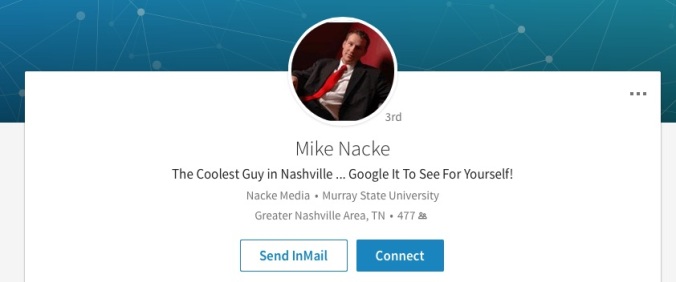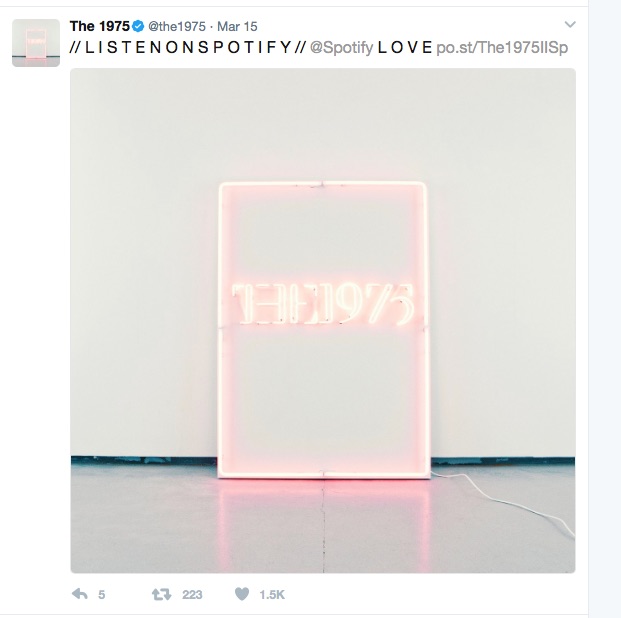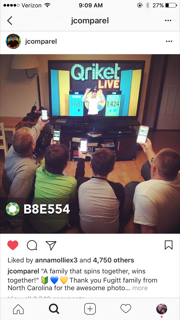When we talk about personal branding online, I think some of us have a hard time defining our personal brand. What makes your social media posts different from everyone else? How would someone know that it is you posting if it didn’t have your username? Do your posts on social media consistently reflect your personal brand or does it seem to be all over the place and depend on what platform you are using? I personally didn’t realize I had a personal brand and when asked to write about it, I wasn’t sure what to say or how I would define my brand. Not only does your personal social media determine your personal brand, but also your professional brand. As the reading from Shields mentions, employers can directly source job through social media and do social media background checks, so everything you post has the potential to affect your career opportunities.
The main platform that employers look at is LinkedIn. This is the most professional platform and the best way to network with people who can help you in your career path. Shields mentions a couple pointers that show complete LinkedIn profile and those include: your industry and location, current position, two past positions, education, at least three skills, a profile photo and at least fifty connections. I’m sure we can all think of profiles that are not professional. For example, this profile with the current position as “the coolest guy in Nashville”
https://www.linkedin.com/in/mikenacke/
There are endless examples of poor LinkedIn profiles and this hurt employment opportunities greatly. But what about the rest of social media and how we react and interact there.
Shields goes on to talk about the different levels of models of branding. He discusses The Standard Model which includes sharing an participating on platforms, having active engagement. This becomes more interesting because it allows one to create a personal brand rather than a professional brand. While there are guidelines that should be followed and ettiquete rules, this is a much more creative opportunity. Shields focuses on the types of profiles for professional brands, however, how does this translate into a personal brand?
Most of us have personal social media account, but what do we use them for. Do you use Facebook or Twitter to share personal experience?. Are you posting dog pictures or selfies on Instagram? What makes your social media, YOUR social media? We explored an endless number of social media guidelines among various companies and they all have pretty standard rules about what you can and can’t post about the company and what use is appropriate for social media. But what if we forget about the idea that employers look at social media as a way to decide whether to hire you. I like to think of personal branding as a way to stand out from other people and in a business such as music (where I am interested) this is a way to get noticed and gain more traction. Take the band The 1975 for example; they have definitely established a personal brand on Twitter:

https://twitter.com/the1975?ref_src=twsrc%5Egoogle%7Ctwcamp%5Eserp%7Ctwgr%5Eauthor
They post every tweet the same way: beginning and ending with two forward slashes and a space in between every letter. Also, rarely do they tweet without a picture. But you would know who this was even if there was no username. This personal branding is a way for people to remember them. With social media being a huge way that bands are discovered (although they don’t need discovering at this point), this type of branding is important.
This goes for Instagram too. One can personally brand themselves based on what they post or the way they post. Jonny who founded a company called Qriket uses emojis to brand himself on social media.

https://www.instagram.com/jcomparel/?hl=en
He rarely posts without including the blue and yellow heart and the blue and gold “Qriket emoji.” This a way for his Instagram posts to stand out to people. When you continuously see something like this, you start to remember it and it becomes familiar and if it is something you are interested in, you will stop to look closer and potentially interact.
Overall, not only is branding important for professional purposes (although the last two examples could be argued to be professional because they are businesses), but also personally. And it’s not all about following guidelines and rules while creating your personal brand. Sometimes it is important to do something that other people do not in order to make yourself a brand and stand out to people who can help you in your career path. It is once you are there and employed that it becomes more important what you post.

























